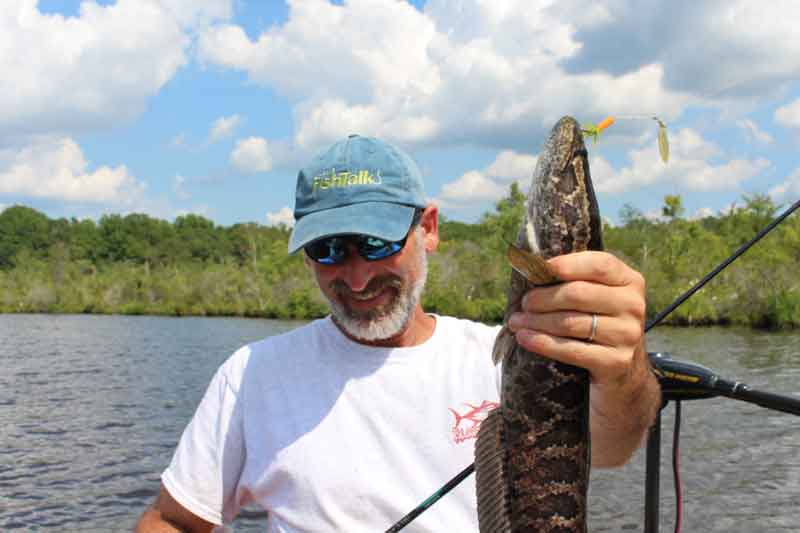Some of us absolutely love fishing for snakeheads. Some of us love the way they wake a bait, some love how they pretend to be under control until they see an opportunity for escape, and some love eating their delightful white meat. Those of us who keep and eat snakeheads also get to enjoy a little guilt-free pleasure, knowing that since they’re an invasive species we’re not likely to take too much heat for filling the cooler.

As you’ve surely seen and heard, however, some utterly epic (and many would argue excessive) snake catches have led to a bit of consternation in the fishing community. There are plenty of anglers who feel that snakehead takes shouldn’t be unlimited, that their presence has created fishing opportunities in some previously barren areas, and that the introduction of the northern snakehead to our waterways has been a net-positive. Often, these folks point to studies performed in the Potomac which have shown that the snakeheads haven’t imbalanced the natural food web as feared.
And they’re right. Scientific studies performed to date have showed that bass, crappie, and other fish populations are doing just fine living alongside snakeheads in the Potomac region. Some people on the Eastern Shore, however, have made it quite clear that they think they’ve seen worrisome declines among native fish populations in their area since snakeheads began dominating the Blackwater and surrounding watersheds. Turns out they’re right, too.
The US Fish & Wildlife Service and Maryland DNR have released the results of their cooperative study, Comparison of Fish Community Within the Blackwater River Watershed Before and After Establishment of Northern Snakehead. This study compares fish population surveys performed in 2006 and 2007 (pre-snakepocalypse) with those done in 2018 and 2019 (post snakepocalypse).
The survey, performed at six different sites, collected over 51,000 fish of 35 different species, 21 of which were found both pre- and post-snake. Of those 21, abundance declined for 17 species to the tune of between 30 and 97 percent (with white perch, brown bullhead, Atlantic silverside, and black crappie taking the big hits). Three species increased in abundance over the same time period (menhaden, gizzard shad, and carp).
There’s a whole bunch of scientific gobble-de-gook in the study, stuff like an NMS axis, what they call a Shannon-Weiner diversity index, and even Rarefaction performed by EcoSim. Huh? No matter – the science nerds boil it all down for us in the study’s Discussion section (thank you, brainy types!), which states: “We found significant changes in aquatic community structure for fish and invertebrate fauna in the Blackwater River drainage since the introduction and establishment of Northern Snakehead. These changes were evidenced by both significant differences in ranked abundance and relative abundance for multiple species, with differences leading to measurable differences in fundamental attributes of species diversity.”
Now, we here at FishTalk aren’t about to take any stance on whether those snakeheads deserve some level of protection, or if each and every one of them deserves to be perforated. As far as we’re concerned, just as long as any angler remains inside the confines of the law he or she is free to do whatever they please with any fish they catch, and no one else really has the standing to tell them what they should or shouldn’t do. But it’s now clear that the snakehead’s effect on the exceedingly unique Blackwater watershed is not the same as it’s been on the Potomac. The jury is no longer out – and this will surely change the conversation.
Editor’s note: See the complete study of the Blackwater fish community comparison from the Fish & Wildlife Service’s Maryland Fisheries page.
For more information on fishing for snakeheads in the Blackwater River complex in specific, see Snakehead Fishing in the Blackwater.
If you're just starting out and want to learn the basics, see Fishing for Snakeheads For Beginners.